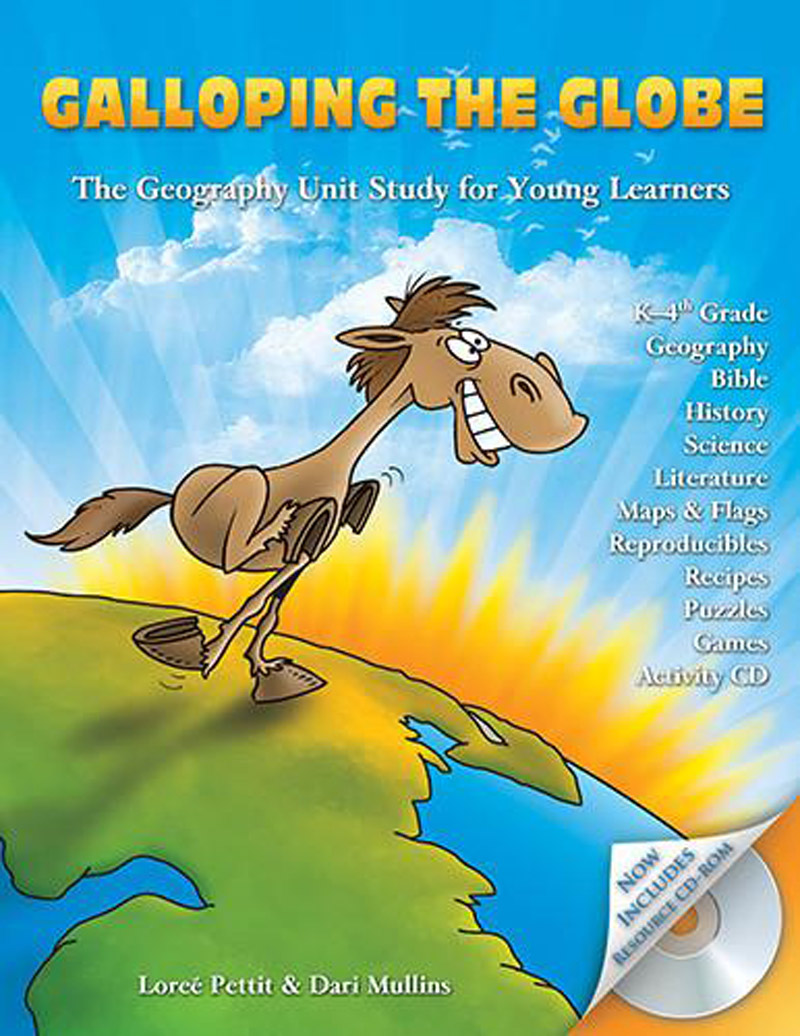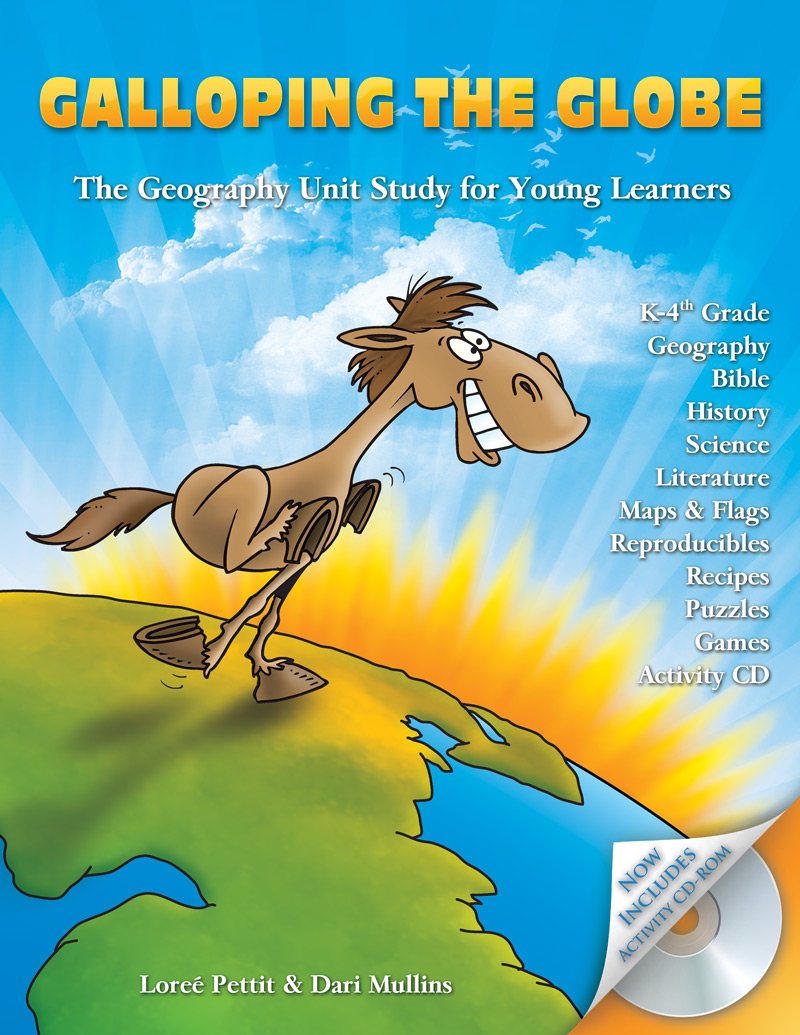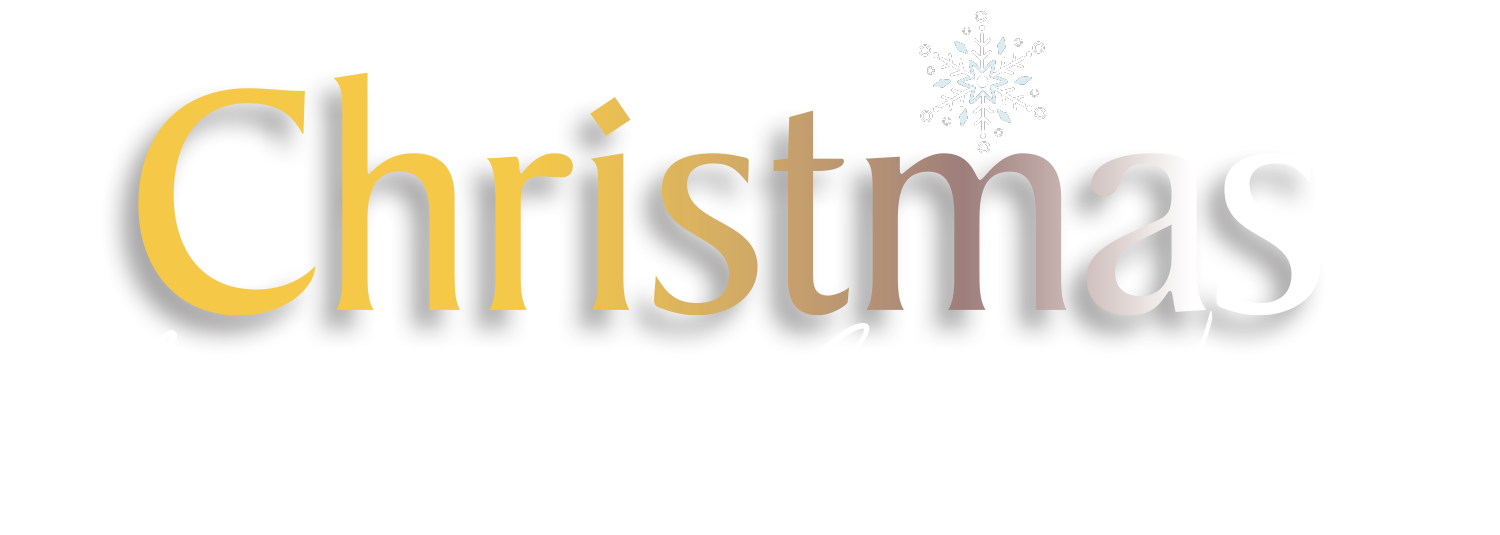
by Loree Pettit & Dari Mullins
A fun activity to consider is setting up a small Christmas tree in your school area. When you study a different country add an ornament to remind your children of the way that country celebrates Christmas.
A very brief description of how ten different countries celebrate the holiday season follows. Choose the ones you would like to learn more about, then check out some of the reference books suggested to find recipes, activities, and music from that individual country.

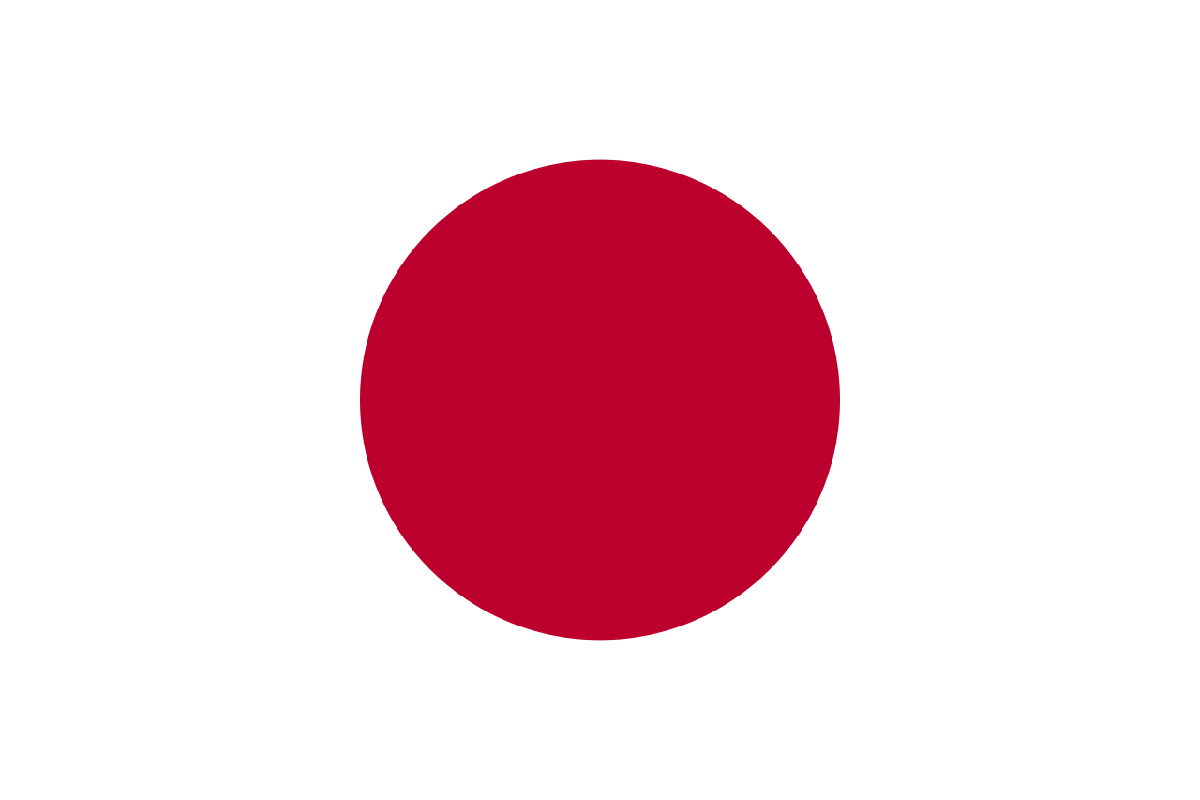
Activity: Make small Japanese fans to decorate your international tree.

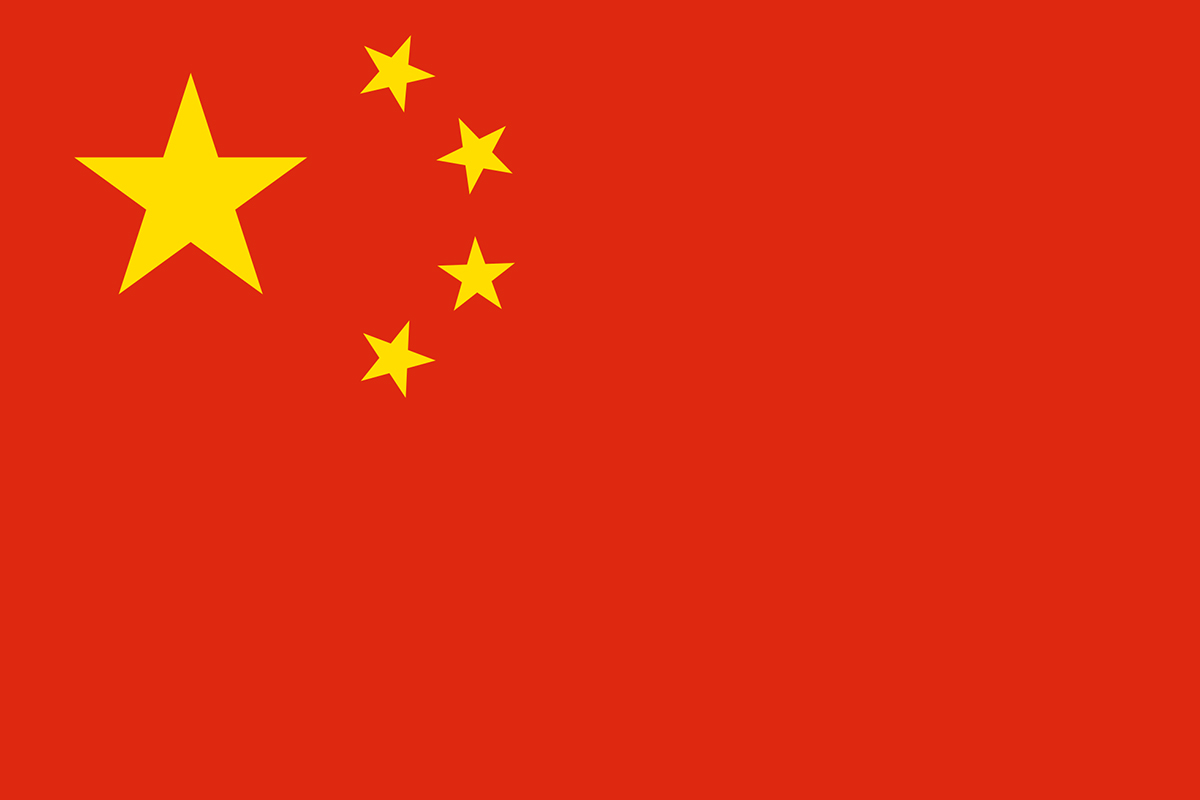
Activity: Make a paper chain for your international tree.

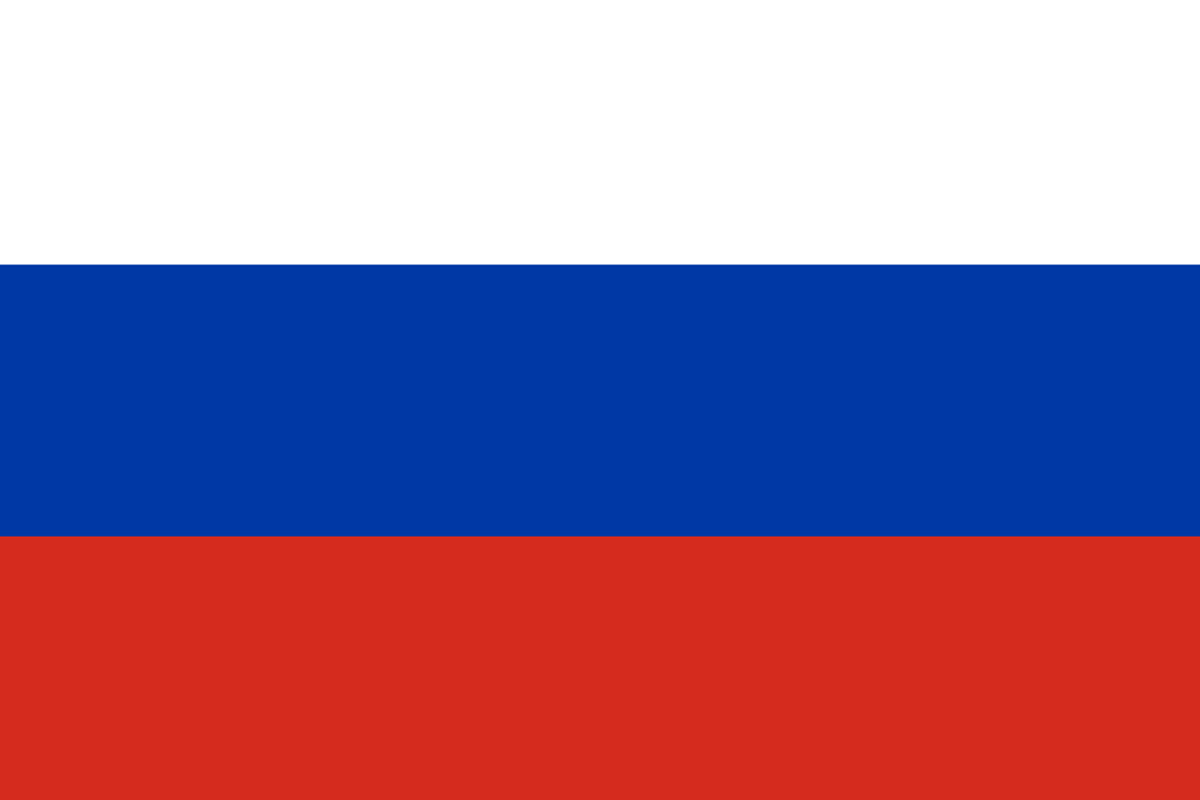
Activity: Add oranges or paper dolls to your international tree.

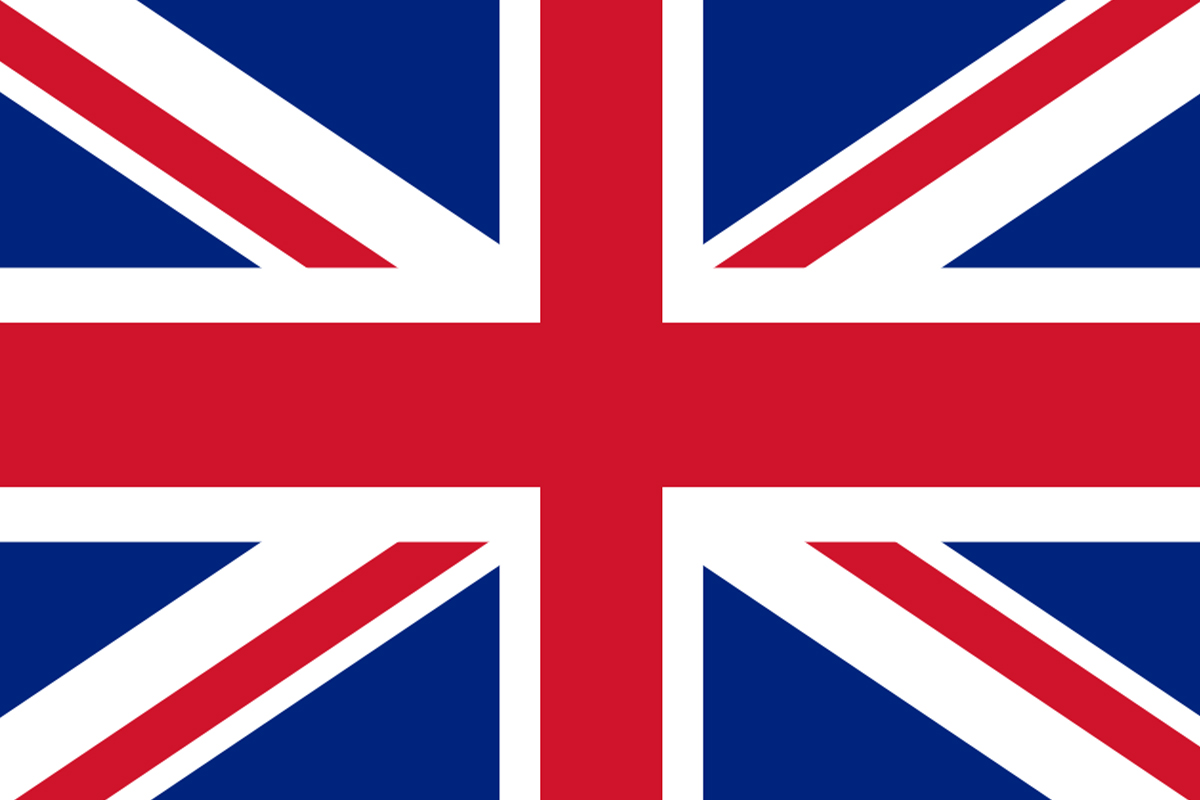
Activity: Add holly, ivy, or mistletoe to your international tree.

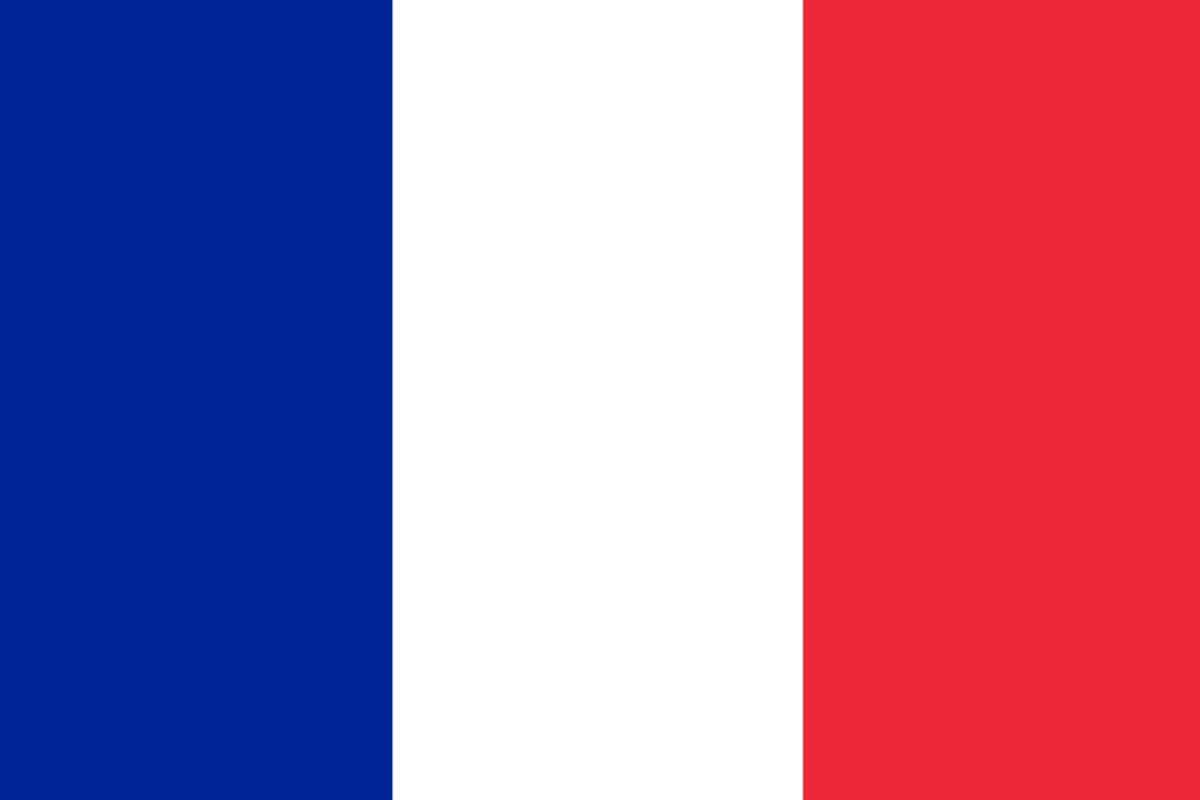
Activity: Make paper stars of various colors for the international tree.

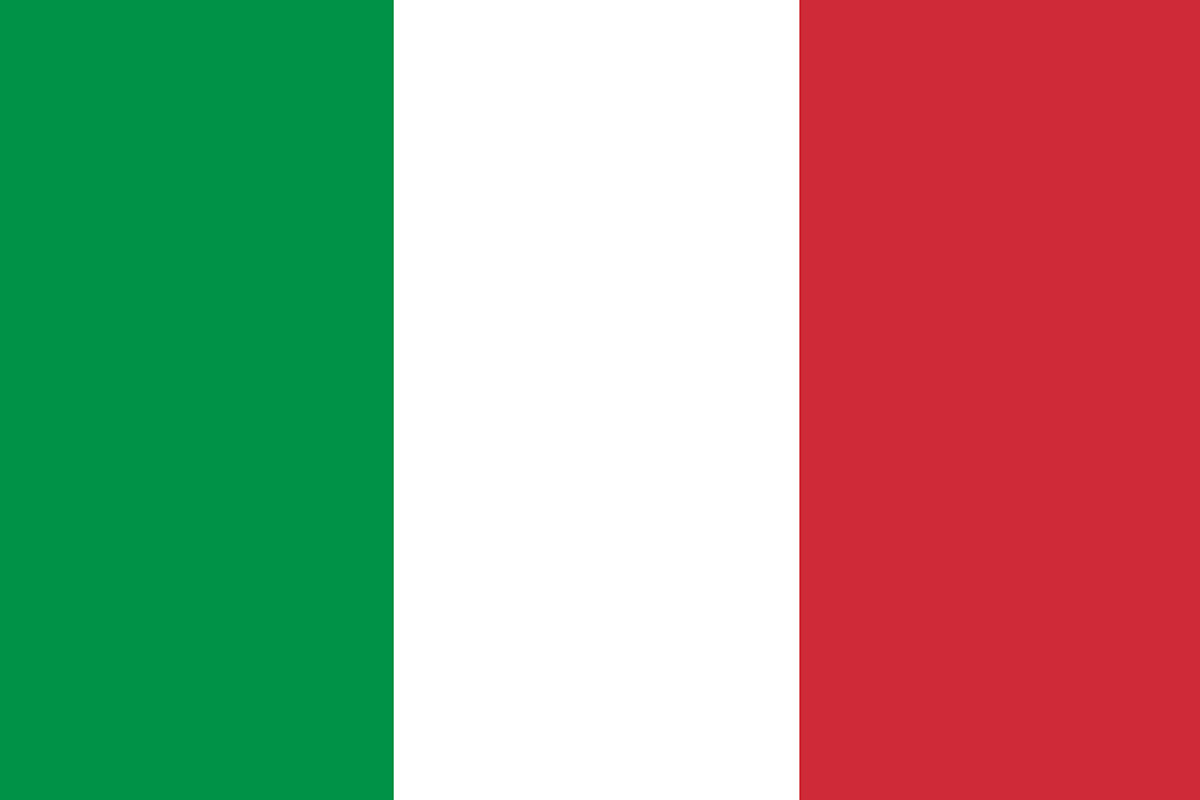
Activity: Put a manger scene under the international tree.


Families in Germany use the advent wreath and light one candle each Sunday. The main celebration is on Christmas Eve, when the Germans decorate the tree, go to church, eat, sing, and give gifts.
Activity: Add dried apples or apple shaped ornaments to the international tree.


Activity: Add bells to your international tree.

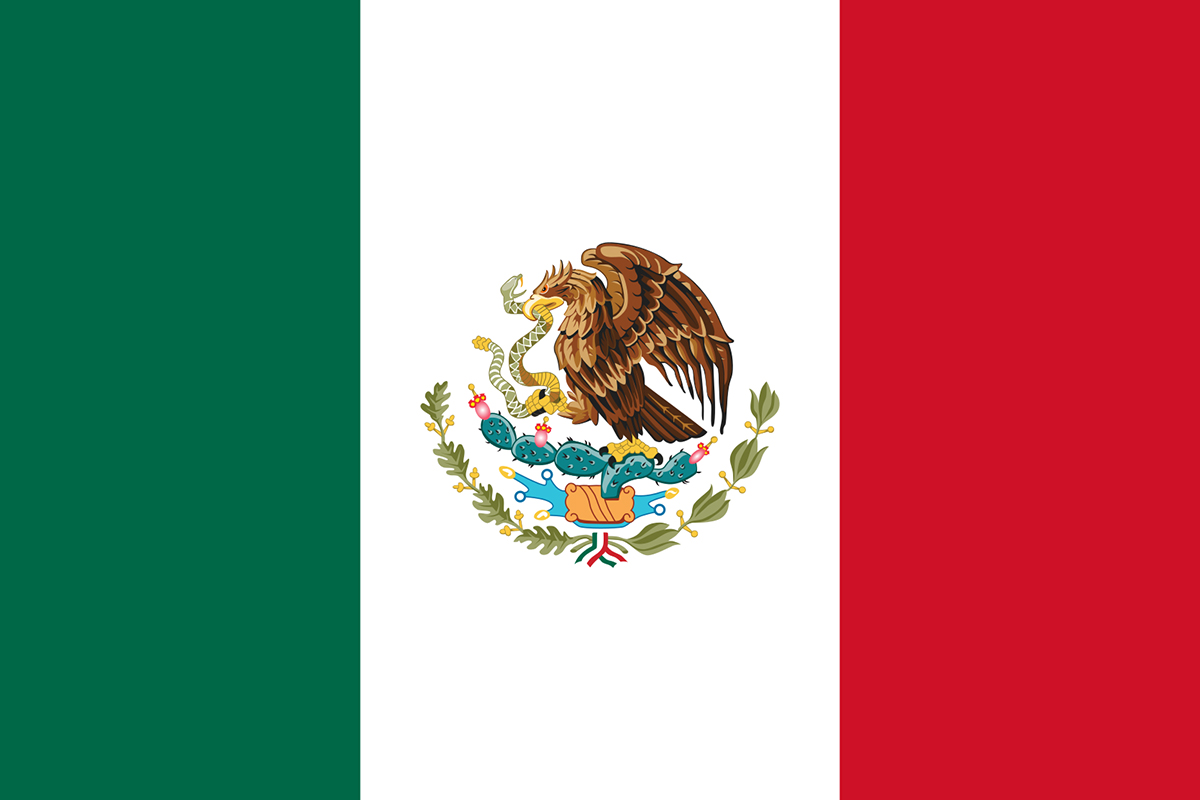
Activity: Play “innkeepers and travelers” using different rooms of your home. Add silk poinsettias to the international tree, or place a poinsettia plant beside the tree.


Activity: Have children create their own Christmas pageant using lots of music.
History of St. Nicholas
For centuries St. Nicholas has been associated with Christmas and gifts. His name, originally from the Latin, Sanctus Nicolaus, has had various forms, including the German Sankt Nikolaus, Dutch Sinter Klaas, finally becoming our modern “Santa Claus.” Although he is regarded as a myth, there actually was a real St. Nicholas, an early Christian who lived during the fourth century.
Nicholas, the only child of wealthy Christian parents, was born at the end of the third century at Patara, a port in the province of Lycia in Asia Minor. From early childhood his mother taught him the Scriptures. When both parents died during an epidemic, they left the young boy in possession of all their wealth.
Young Nicholas dedicated his life to God’s service and moved to Myra, the chief city of his province. One of Nicholas’s best characteristics was his unsurpassed generosity. In his youth he had met many people who were oppressed by poverty. As a result, he often went out in disguise and distributed presents, especially to children. Stories of Nicholas’s kindness and liberality soon spread. As a result, when unexpected gifts were received, he was given credit as the donor.

- Holiday Cooking Around the World (Lerner Publications)
- Christmas Cooking Around the World by Susan Purdy
- A Christmas Companion by Maria Robbins and Jim Charlton
- Christmas in (name of country) series (Worldbook)
- The Whole Christmas Catalog for Kids by Louise Betts Egan
- Christmas Crafts and Customs Around the World by Virginia Fowler
- Celebrating Christmas Around the World by Herbert Werneke
- A Christmas Companion: Recipes, Traditions, and Customs from Around the World by James Charlton
- Silent Night: Its Story and Song by Margaret Hodges
- Christmas Around the World by Mary D. Lankford
- Merry Christmas Everywhere by Arlene Erlbach

www.supercoloring.com/coloring-pages/tags/christmas-around-the-world
Holiday Traditions Around the World:
http://www.californiamall.com/holidaytraditions/home.htm
Christmas Customs of Various Nations:
christmas-world.freeservers.com//index.html
Christmas Mazes:
www.familycorner.com/category/family/kids/coloring-pages/activities/mazes
Cookie Recipes from Germany, Switzerland, and Austria:
www.pastrywiz.com/cookies/index.html
Christmas Traditions Around the World:
www.santas.net/aroundtheworld.htm
Hand Print Tree Craft:
www.enchantedlearning.com/crafts/christmas/handtree/index.shtml

- Ellis Island Christmas by Maxinne Rhea Leighton
- The Bird’s Christmas Carol by Kate Douglas Wiggin
- The Christmas Tree Ship by Jeanette Winter
- A Christmas Tree in the White House by Gary Hines
- Christmas Tree Memories by Aliki
- Tree of Cranes by Allen Say
- Jotham’s Journey by Arnold Ytreeide
- Papa’s Christmas Gift by Cheryl Harness
- An Amish Christmas by Richard Ammon
- A Candle for Christmas by Jean Speare
- A Northern Nativity: Christmas Dreams of a Prairie Boy by William Kurulek
- The Best Christmas Pageant Ever by Barbara Robinson
- Too Many Tamales by Gary Soto
- The Legend of the Poinsettia by Tomie dePaola

by Loree Pettit & Dari Mullins

A fun activity to consider is setting up a small Christmas tree in your school area. When you study a different country add an ornament to remind your children of the way that country celebrates Christmas.
A very brief description of how ten different countries celebrate the holiday season follows. Choose the ones you would like to learn more about, then check out some of the reference books suggested to find recipes, activities, and music from that individual country.

Activity: Make small Japanese fans to decorate your international tree.

Activity: Make a paper chain for your international tree.

Activity: Add oranges or paper dolls to your international tree.

Activity: Add holly, ivy, or mistletoe to your international tree.

Activity: Make paper stars of various colors for the international tree.

Activity: Put a manger scene under the international tree.

Families in Germany use the advent wreath and light one candle each Sunday. The main celebration is on Christmas Eve, when the Germans decorate the tree, go to church, eat, sing, and give gifts.
Activity: Add dried apples or apple shaped ornaments to the international tree.

Activity: Add bells to your international tree.

Activity: Play “innkeepers and travelers” using different rooms of your home. Add silk poinsettias to the international tree, or place a poinsettia plant beside the tree.

Activity: Have children create their own Christmas pageant using lots of music.
History of St. Nicholas
For centuries St. Nicholas has been associated with Christmas and gifts. His name, originally from the Latin, Sanctus Nicolaus, has had various forms, including the German Sankt Nikolaus, Dutch Sinter Klaas, finally becoming our modern “Santa Claus.” Although he is regarded as a myth, there actually was a real St. Nicholas, an early Christian who lived during the fourth century.
Nicholas, the only child of wealthy Christian parents, was born at the end of the third century at Patara, a port in the province of Lycia in Asia Minor. From early childhood his mother taught him the Scriptures. When both parents died during an epidemic, they left the young boy in possession of all their wealth.
Young Nicholas dedicated his life to God’s service and moved to Myra, the chief city of his province. One of Nicholas’s best characteristics was his unsurpassed generosity. In his youth he had met many people who were oppressed by poverty. As a result, he often went out in disguise and distributed presents, especially to children. Stories of Nicholas’s kindness and liberality soon spread. As a result, when unexpected gifts were received, he was given credit as the donor.

- Holiday Cooking Around the World (Lerner Publications)
- Christmas Cooking Around the World by Susan Purdy
- A Christmas Companion by Maria Robbins and Jim Charlton
- Christmas in (name of country) series (Worldbook)
- The Whole Christmas Catalog for Kids by Louise Betts Egan
- Christmas Crafts and Customs Around the World by Virginia Fowler
- Celebrating Christmas Around the World by Herbert Werneke
- A Christmas Companion: Recipes, Traditions, and Customs from Around the World by James Charlton
- Silent Night: Its Story and Song by Margaret Hodges
- Christmas Around the World by Mary D. Lankford
- Merry Christmas Everywhere by Arlene Erlbach

www.supercoloring.com/coloring-pages/tags/christmas-around-the-world
Holiday Traditions Around the World:
http://www.californiamall.com/holidaytraditions/home.htm
Christmas Customs of Various Nations:
christmas-world.freeservers.com//index.html
Christmas Mazes:
www.familycorner.com/category/family/kids/coloring-pages/activities/mazes
Cookie Recipes from Germany, Switzerland, and Austria:
www.pastrywiz.com/cookies/index.html
Christmas Traditions Around the World:
www.santas.net/aroundtheworld.htm
Hand Print Tree Craft:
www.enchantedlearning.com/crafts/christmas/handtree/index.shtml

- Ellis Island Christmas by Maxinne Rhea Leighton
- The Bird’s Christmas Carol by Kate Douglas Wiggin
- The Christmas Tree Ship by Jeanette Winter
- A Christmas Tree in the White House by Gary Hines
- Christmas Tree Memories by Aliki
- Tree of Cranes by Allen Say
- Jotham’s Journey by Arnold Ytreeide
- Papa’s Christmas Gift by Cheryl Harness
- An Amish Christmas by Richard Ammon
- A Candle for Christmas by Jean Speare
- A Northern Nativity: Christmas Dreams of a Prairie Boy by William Kurulek
- The Best Christmas Pageant Ever by Barbara Robinson
- Too Many Tamales by Gary Soto
- The Legend of the Poinsettia by Tomie dePaola

